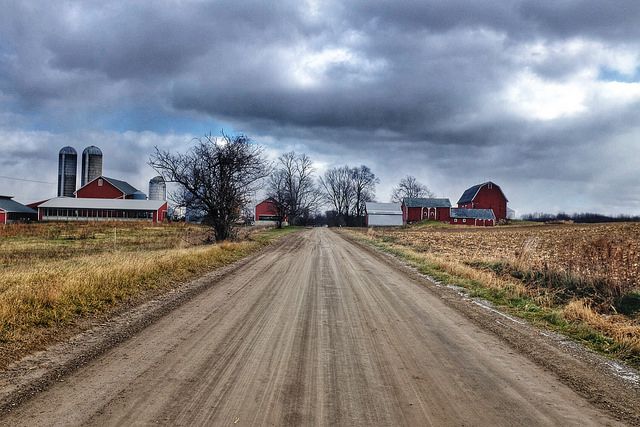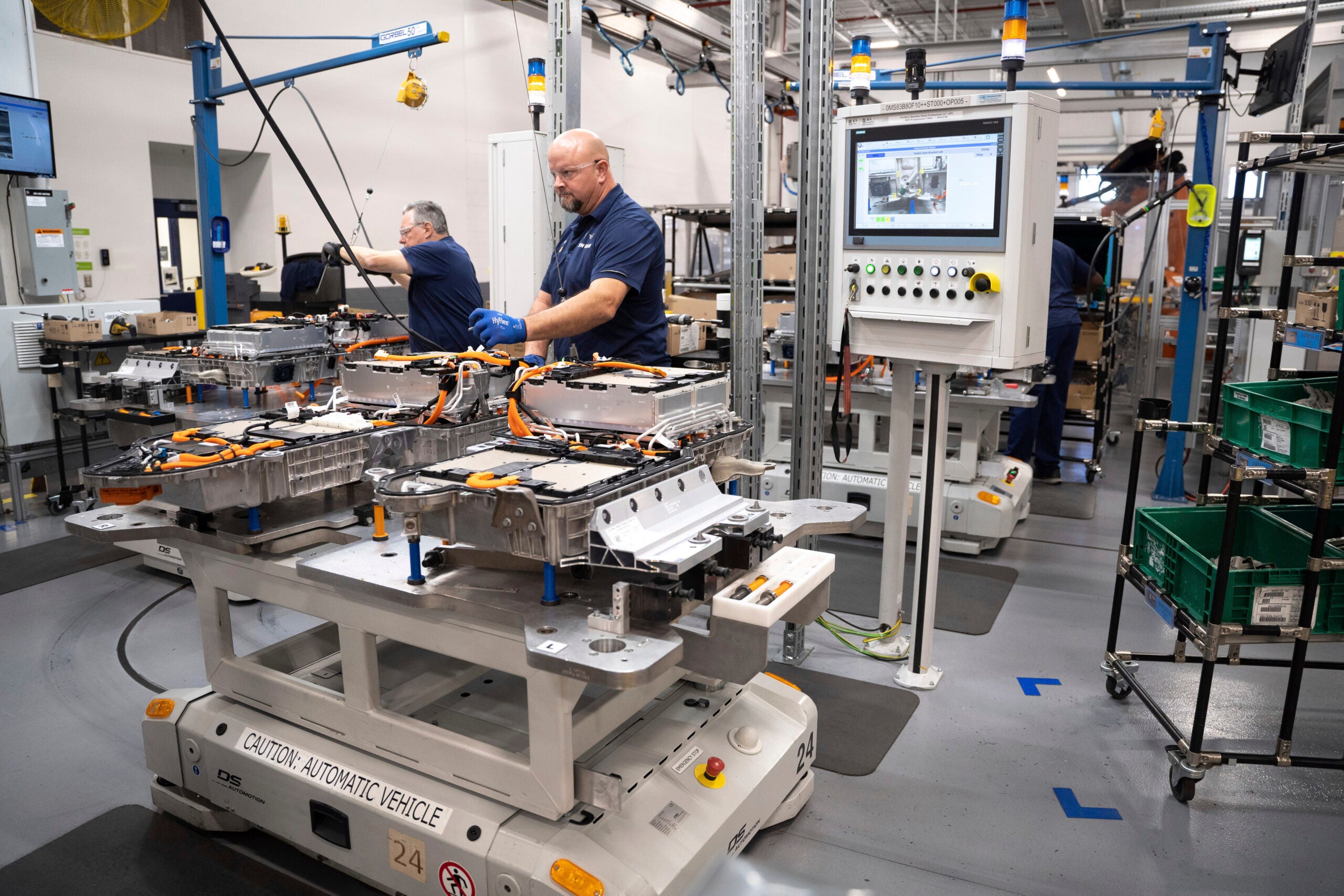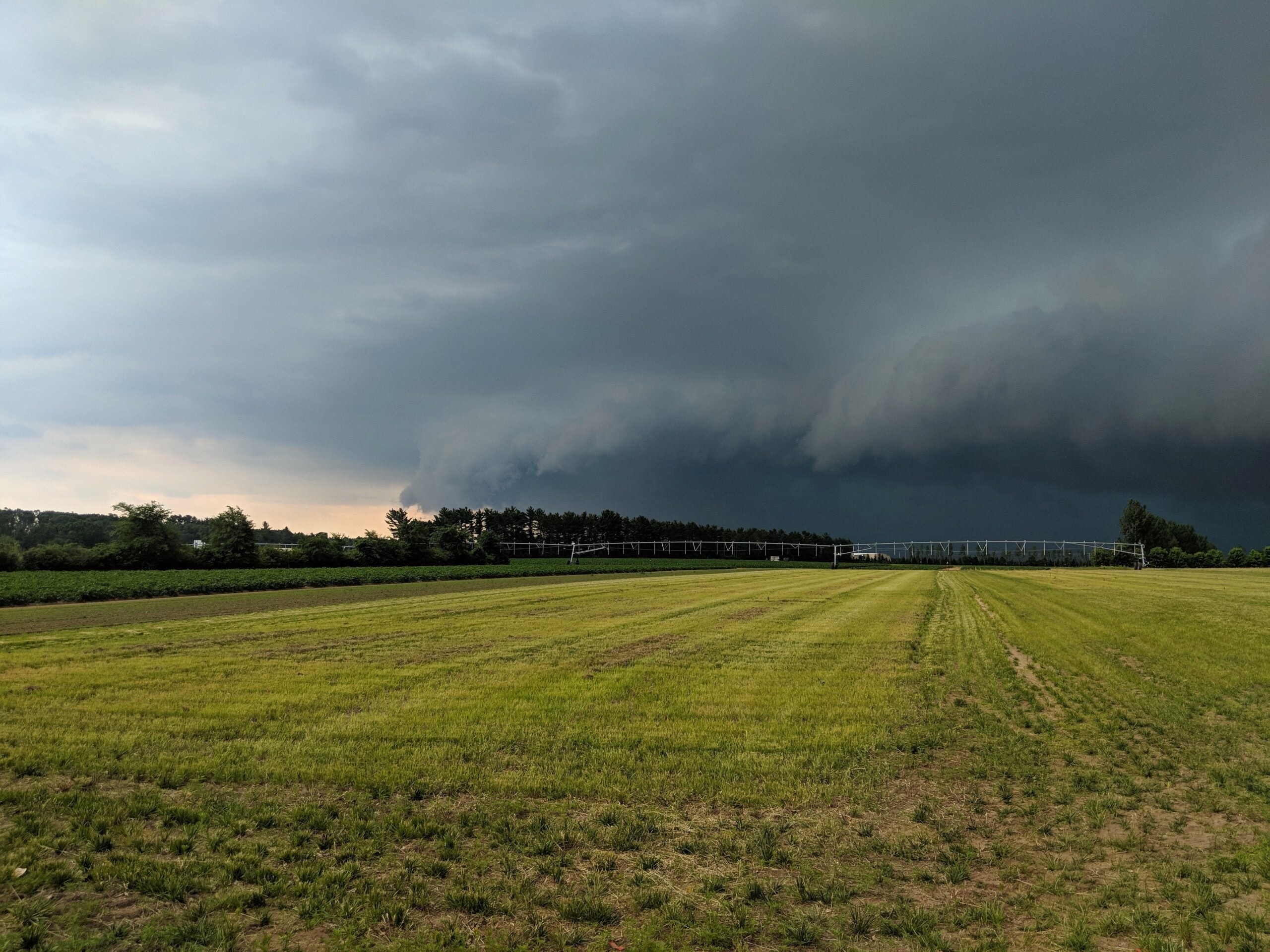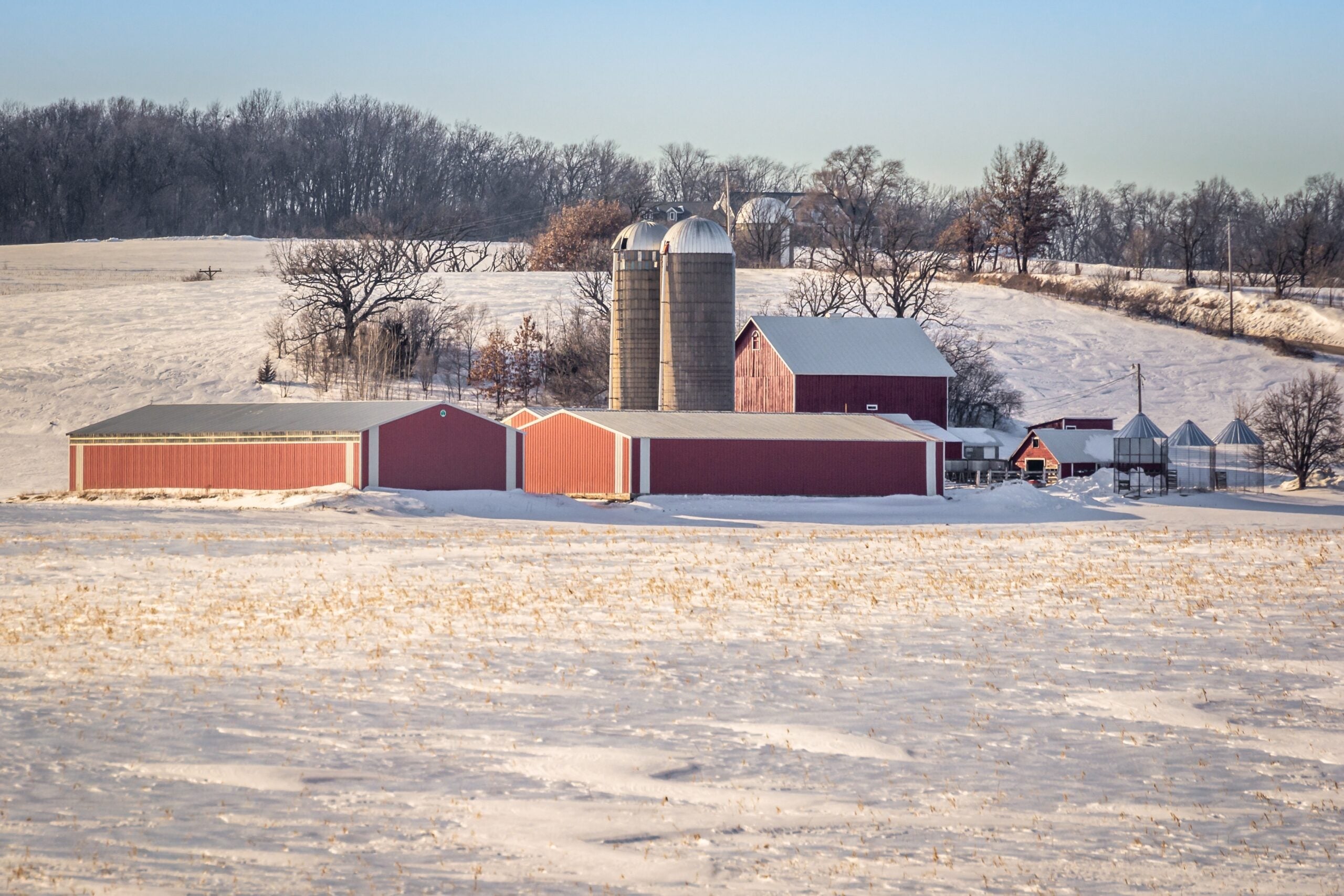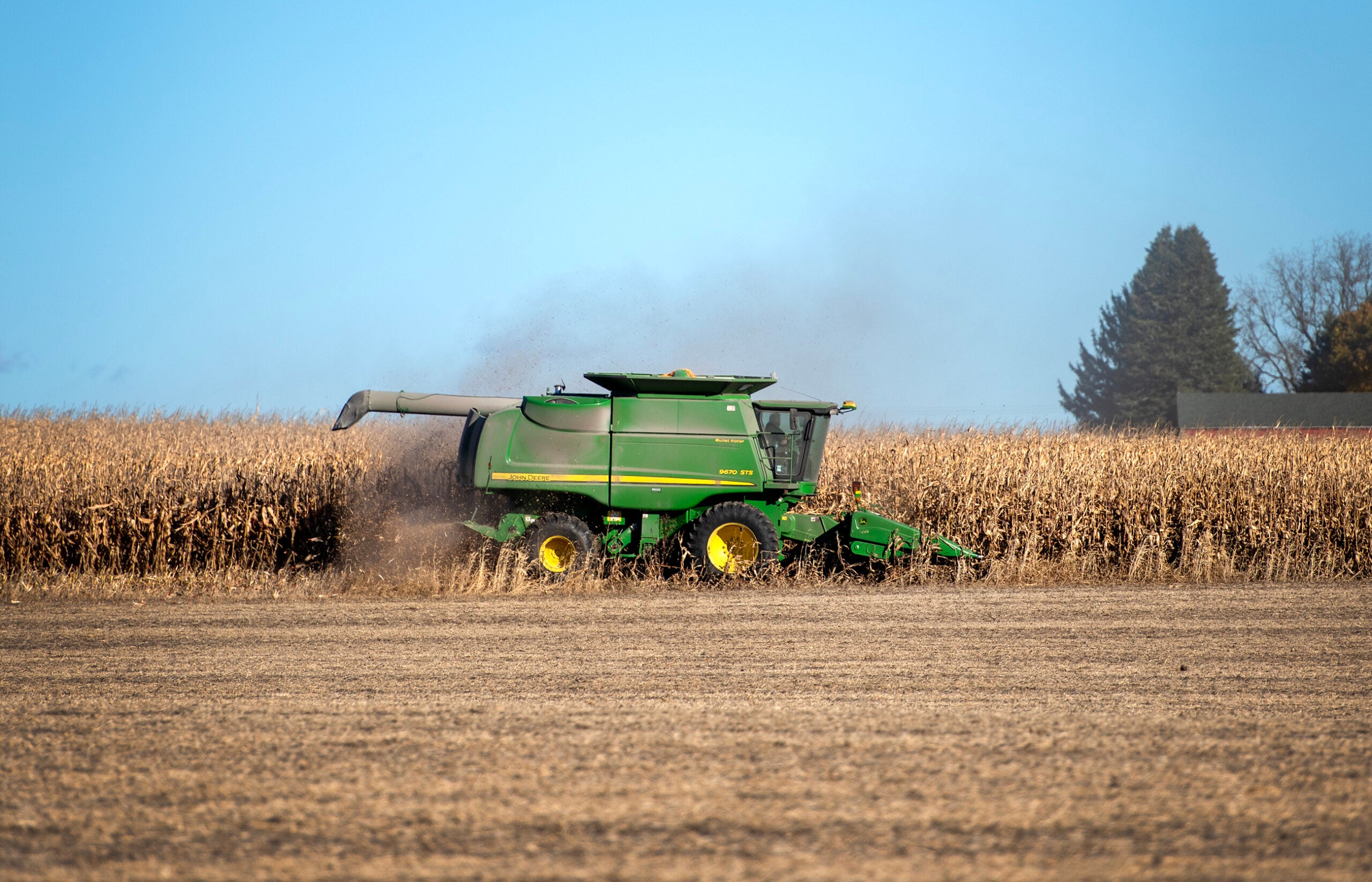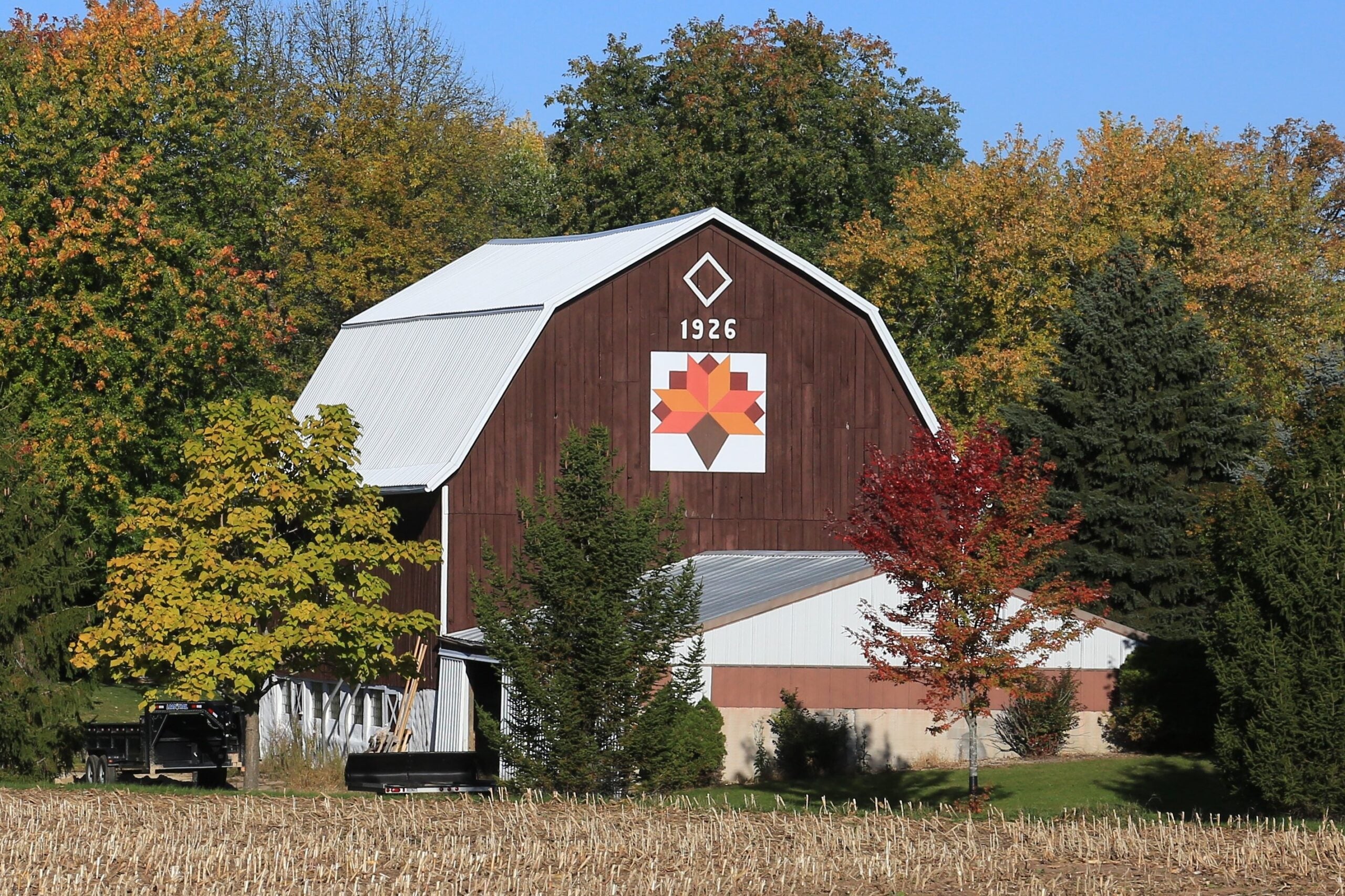Economists at the U.S. Department of Agriculture said they expect farm income to increase this year.
The USDA Economic Research Service’s annual Farm Income Forecast shows net farm income increasing by 8 percent from 2018 levels.
But Steven Deller, agricultural and applied economics professor at the University of Wisconsin-Madison, said it won’t offset the 17.8 percent decline in farm income last year.
Stay informed on the latest news
Sign up for WPR’s email newsletter.
“It’s forecast to be a little bit better, but it’s not forecast to be good,” Deller said. “Any kind of uptick is good, but it’s not enough of an uptick. So, it’s basically more of the same.”
Deller said continued low commodity prices mean many farmers in the state are operating in the red, forcing them to take on debt just to stay in business.
“It’s essentially saying, ‘We’ve lost our job and the only way that we can continue to survive and pay the rent and put food on the table is to essentially run up our credit card debt.’ That would be the analogy,” Deller said.
The USDA report predicts farm debt will increase by 4 percent this year, reaching $426.7 billion. That’s the highest level of farm debt since 1982.
Deller said producers will still carry that debt when prices improve, which could have long-term impacts on farm suppliers and other rural businesses.
But Kevin Bernhardt. an agribusiness professor from UW-Platteville, said the debt levels aren’t as bad as they seem.
“Debt may be as high as it was in the 1982 region, but assets are higher,” Bernhardt said.
He said high debt could be a problem for individual farms, but the overall debt-to-asset ratio in the farm sector hasn’t risen to concerning levels yet.
Bernhardt said he’s more worried about the decline in farms’ working capital, the cash available to farms to pay operating expenses. The USDA 2019 forecast shows working capital declining by 25 percent from last year’s levels.
“When you have high volatility in a market like we have had and probably will continue to have, then having good, working capital is probably one of your best risk management strategies,” Bernhardt said. “If it’s not there, that could really pinch some farm businesses.”
While the USDA national forecast is a fairly accurate depiction of the state’s farm economy, Deller said Wisconsin does have one strength that sets it apart from neighboring states like Iowa and Illinois.
“We have a much more diversified agriculture so we’re in a little bit better position to absorb some of this. Dairy is still the big dog, but we’re not as dependent on a particular type of agriculture that a lot of other states are,” Deller said.
He said the ability for specialty industries, like cranberries and ginseng, to thrive in 2019 will depend heavily on producers’ ability to export.
Wisconsin Public Radio, © Copyright 2025, Board of Regents of the University of Wisconsin System and Wisconsin Educational Communications Board.
